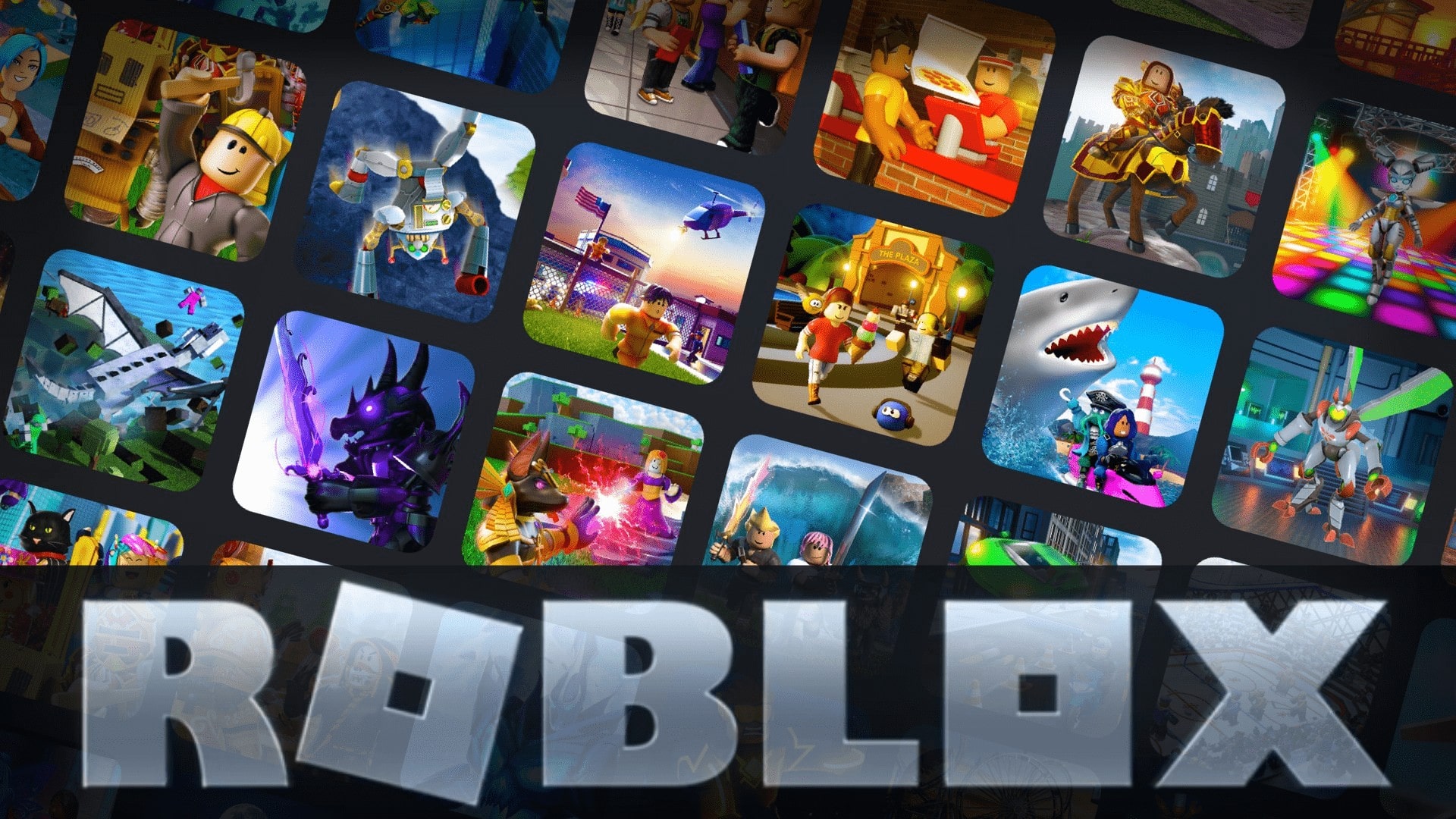Games
The Secrets of Addictive Games: What Keeps Us Hooked?
Explore how rewards, challenges, and narratives influence player experiences and keep them engaged in the games they love.
Advertisement
Games have become an essential part of the daily lives of millions of people in Brazil, providing not only entertainment but also a form of socialization and escapism. As the gaming industry grows, questions arise about what makes a game truly addictive. What do these games have in common? This reflection is necessary to understand the dynamics involved. Therefore, when we analyze popular games, we find elements that promote player retention and the relentless pursuit of new challenges.
The elements that make a game addictive are not accidental. Instead, they are the result of meticulous game design that considers human desires and psychological needs. Aspects such as rewards, challenges, and a sense of progress are crucial. These factors can create an immersive experience, where the player is often motivated to continue playing. Therefore, we understand the importance of a robust structure to maintain interest and engagement.
This article examines the common mechanics that make a game irresistible and engaging. By identifying these elements, it's possible to paint a picture of what developers need to consider when creating games. Next, we'll explore these aspects in detail. We'll discover how small nuances can result in memorable and often addictive experiences.
Rewards and Feedback System
An effective rewards system is one of the key drivers of player engagement. Each time a player achieves a goal, they're rewarded, whether with points, special items, or new abilities. This creates a positive feedback loop.
The sense of accomplishment is crucial and is heightened by rewards well-distributed throughout the game. These moments are deliberately positioned to maximize player satisfaction. This makes the game irresistibly captivating.
Furthermore, rewards for efforts in challenging areas can strengthen a sense of competence. When players perceive that their actions have an impact and generate tangible returns, motivation increases. They become willing to take on greater challenges.
Game designers often use mechanics like "random rewards" to keep the excitement alive. This element of surprise can keep players coming back again and again, never knowing exactly what to expect. The element of uncertainty also provides an adrenaline rush.
Therefore, a well-designed reward system not only keeps players motivated but also makes them feel more connected to the game's progression. This connection is essential for a desirable gaming experience.
Progressive Challenges
Progressive challenges are equally vital to keeping the player's attention. A game that becomes monotonous quickly loses its ability to engage the player. Paradoxically, what starts out as a challenge can quickly become too easy.
Therefore, developers need to scale the difficulty over time. This ensures that the player feels the need to hone their skills. Obstacles should be challenging, but always manageable within the player's capabilities.
Another common mechanic is to provide new challenges that present themselves as the player progresses. This way, the experience never becomes predictable. Each new stage or level brings a new set of challenges and obstacles to overcome.
Implementing new skills and strategies with each level helps keep the experience fresh. This keeps players compelled to keep playing, eager to discover what's next. This combination of novelty and challenge is vital for retention.
Challenges can also be organized in scales. For example, a game might have daily or weekly challenges that encourage frequent logging in and playing. The sense of urgency and deadline pressure can heighten motivation.
Competition and Social Interaction
Social interaction plays a huge role in modern games. Competition, whether direct or indirect, fosters meaningful engagement. Players tend to return if they're intensely motivated to outperform friends or other players.
Games often include multiplayer elements, where players can invite friends or join matches with strangers. This shared skill aspect elevates the gaming experience, making each victory or defeat resonate more deeply.
Leaderboards and ranking systems are frequently used tools. These elements help foster a sense of competition and aspiration. Players strive to improve their rankings and thus become more deeply involved in the game.
Furthermore, the ability to form teams or groups creates social connections. These networks can lead to interactions that extend beyond the game itself. Players become friends and create bonds, making gaming an enriching social activity.
Finally, the sense of community is a significant draw. The forums and discussion groups that emerge around the game are environments where players can exchange tips and experiences, and form an even stronger bond with the game and with each other.
Captivating Narrative
A well-crafted narrative is one of the key factors in retaining players' attention. An intriguing story creates an emotional connection, fostering a desire to continue the journey. When players care about the characters, they remain engaged.
The best narratives transform a simple game into an unforgettable adventure. Plot elements connect with players, making them feel like their choices matter. Each decision feels like it has significant repercussions within the game's context.
Developers often use cliffhangers and dramatic cliffhangers to keep players excited for the next chapter. This desire to discover what comes next helps build a loyal and lasting fanbase.
Furthermore, the narrative can be expanded. Special events, expansion packs, and DLC (downloadable content) offer new stories and experiences, keeping players coming back for more. Narrative continuity is an effective way to retain interest.
Narrative immersion not only increases engagement but also transforms gameplay into something more meaningful. Players who are satisfied with the story tend to recommend the game to others, thus expanding the user base.
Personalization and Choices
Personalization is a powerful way to increase a player's emotional connection to a game. When players can customize their characters or environments, they tend to feel more invested in the experience. This fosters a sense of ownership.
Games that offer customization options, from aesthetics to gameplay mechanics, allow each player to have a unique experience. This freedom is a key element in many modern games and increases their appeal.
The choices players make are also crucial. Branching decision systems, where actions alter the outcome of the game, create a sense of impact. Each choice adds depth and reflections on what the player values.
Through this personalization, the player feels like an integral part of the game world. This connection can be so strong that it keeps the player coming back to explore all the possibilities the game has to offer.
Finally, customization, combined with meaningful decisions, enriches each player's personal narrative. This elevates the game from mere entertainment to a deep and memorable experience.
Accessibility and Ease of Access
A game that's easily accessible to the public tends to have a greater potential for addiction. Often, simplicity in gameplay mechanics can make the difference between a successful game and a failed one.
Accessibility isn't limited to how a game is played, but also how it can be purchased. Games that are available on multiple platforms, or that offer free versions, expand their user base.
Intuitive interfaces are essential to ensure new players don't feel overwhelmed. When controls are easy to understand and instructions are clear, more people will be willing to play.
Another important factor is compatibility. Games that work well across different devices, such as smartphones, tablets, and computers, can reach a much wider audience. The more accessible they are, the greater the chance of becoming addictive.
In short, accessibility is a crucial factor that, when well-planned, can exponentially increase a game's popularity. A larger player base results in greater engagement and, consequently, a more vibrant competitive scene.
Conclusion
Addictive games possess a complex combination of elements designed to capture and maintain player attention. Rewards, progressive challenges, social interaction, captivating narratives, personalization, and accessibility are some of the factors that contribute to this magic.
Each of these elements interconnects, creating an experience that is both captivating and rewarding. The mechanics that encompass these factors shouldn't be underestimated, as they're responsible for bringing players back time and time again.
Understanding these aspects can help both developers and players better appreciate what makes a game wonderful. As new titles emerge in this dynamic landscape, we can better appreciate what truly draws us in.
The future of addictive games looks promising, with continuous innovation. The constant dialogue between experience design and player feedback ensures that evolution never ceases. By keeping up with this growth, everyone wins.
Therefore, as we enter new worlds and adventures through games, we must always be open to exploring and understanding the richness that these games have to offer, because deep down, we all want a little more magic in our lives.
You may also like

How to Get Robux Legitimately
Providing services for other creators is one of the most effective and safe ways to earn free Robux on Roblox.
Keep Reading


